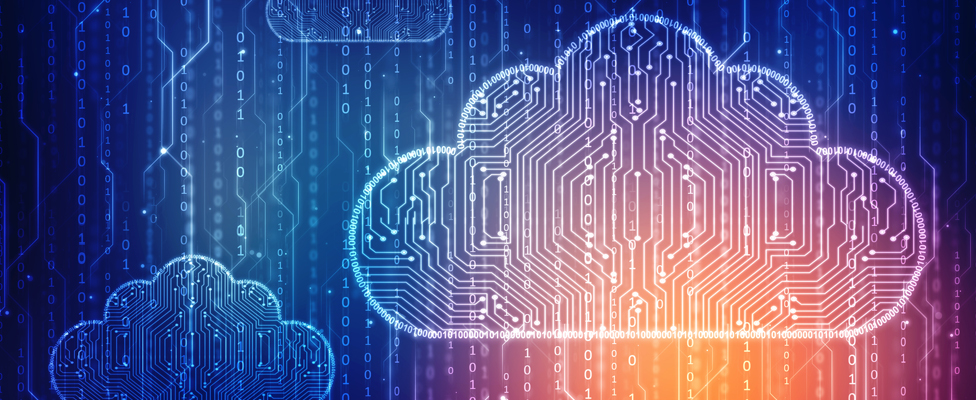
Why Modernizing ETL Is Imperative for Massive Scale, Real-Time Data Processing
Enterprises must modernize their ETL processes to support cloud migration and other data and analytics strategies.
- By Amit Assudani
- September 22, 2021
During the past few years, a sea change occurred in the way enterprises acquire, process, and consume data. The exponential surge in the number of data sources and customer interactions fuelled a major paradigm shift, with real-time stream processing and cloud technologies emerging as the backbone of intelligent decision making. This is driving businesses to re-look at traditional extract, transform, and load (ETL) platforms used to integrate data from multiple sources into a single repository. This article explores the need for ETL modernization and provides insights for evaluating ETL platforms and ensuring a seamless modernization journey.
Limitations of Legacy ETL Platforms
Traditionally, the ETL process involved building data pipelines in batches on premises with limited sources and hardware infrastructure. ETL architecture was monolithic, often used to connect only to schema-based data sources, with little scope for processing data arriving at high speed. With the surge in the volume, velocity, and variety of incoming data, it becomes almost impossible for such non-agile tools to transform the data fast enough before loading it to the target warehouse or data lake.
What's more, legacy ETL platforms are expensive to maintain, time-consuming to use, and difficult to integrate with various infrastructure components. To address these challenges, data and analytics leaders need to adopt next-generation ETL technologies that help extract value from massive data sets and leverage the benefits of the cloud.
Selecting the Best Modern ETL for Your Enterprise
There are several factors for enterprises to consider when modernizing their ETL framework. Look for an easy-to-use, scalable, cost-effective solution that can help you fulfill diverse business requirements and securely run workloads on premises and in the cloud. It should be able to cleanse data and perform complex processing functions such as data parsing, enrichment, and aggregation in real time.
Consider investing in an ETL platform that supports end-to-end ingestion, enrichment, machine learning, visualization, and complex orchestration. Other must-have capabilities include support for continuous integration and continuous delivery/deployment, high throughput while indexing and storing data, and the ability to create additional processing flows for regulatory compliance. Functionalities for anomaly detection and conditional monitoring of data in real-time are added advantages. Platforms built on scalable technologies such as Apache Spark and Kafka are ideal for large-scale data processing.
Leverage Automation to Reduce Risk
Although the need to modernize ETL is pressing, migrating thousands of legacy ETL jobs developed over decades to cloud- and microservices-based processing frameworks is a complex undertaking. Enterprises need to port their existing ETL workflows seamlessly into the new environment within a specified budget and time frame without impacting the end user experience.
Depending on your current operating environment and business needs, there are several migration strategies to choose from. You can rebuild all your ETL workloads on the new system from scratch, which provides the opportunity to overhaul and enhance the execution process. However, this approach can be time-consuming and expensive. Another strategy is to lift and shift your existing jobs to the new environment, but this often results in latency or performance issues post migration.
A fast, low-risk way to modernize traditional ETL tools is automation. The right automation solution can help you preserve the structure, logic, and execution rules of your ETL workloads, simplifying the entire migration process. You can also adopt a hybrid approach, which combines automation with rebuild/lift and shift, allowing you to fine-tune specific workflows while others are readily available in the new environment.
Power Massive Scale, Real-Time Data Processing
Next-generation ETL platforms empower enterprises with major scalability, elasticity, and performance benefits. With extensive support for cloud-native services (including real-time and batch sources), the platforms can swiftly process data and reduce execution time. Users can also easily configure workloads to automatically scale up or down depending on the rate at which data is generated. Seamless integration capabilities further make it easy to connect to major SaaS applications and data warehouses for fast, efficient data integration and analytics.
A Final Word
Businesses have relied on ETL platforms for decades to get a consolidated view of their data and derive better insights. They remain a core component of an organization's data integration toolbox. With cloud migration and use becoming a key strategy for more enterprises, ETL modernization is increasingly gaining importance as enterprises reimagine their business processes to tackle market pressures and fuel growth.
About the Author
Amit Assudani is a solution architect with Gathr, a next-generation, cloud-native data pipeline platform. He has over 14 years of experience in data analytics and cloud architecture and works with several Fortune 500 enterprises across a variety of use cases. You can reach the author via email.